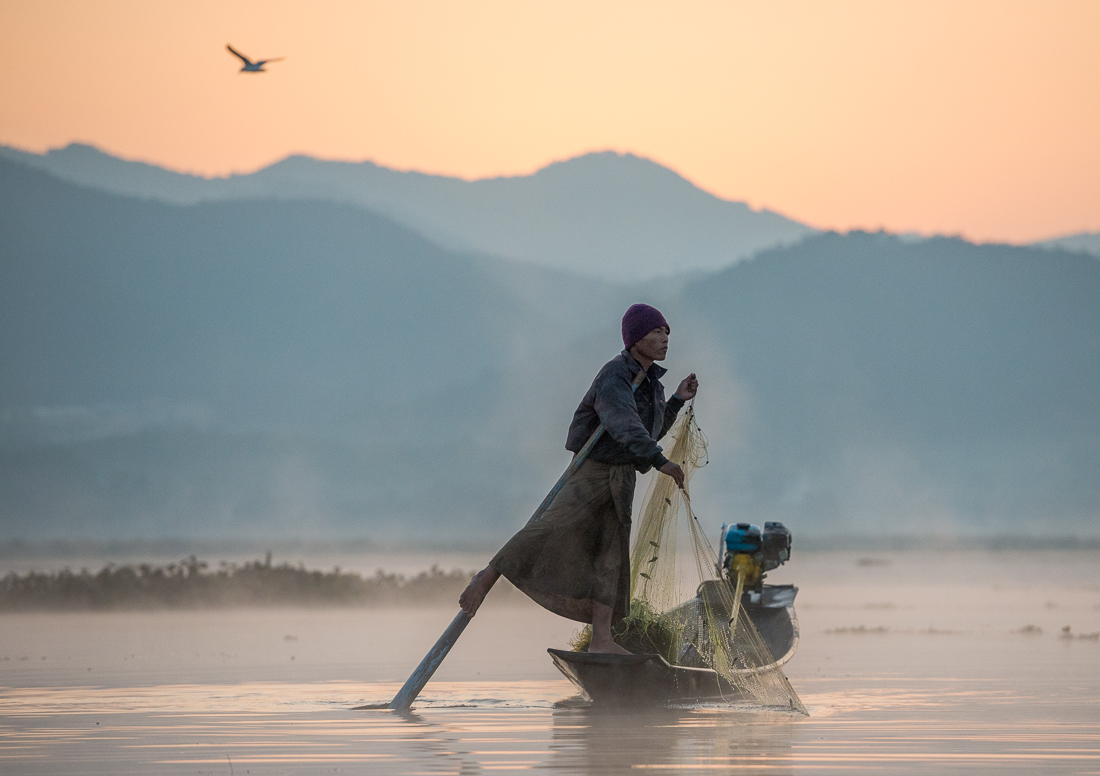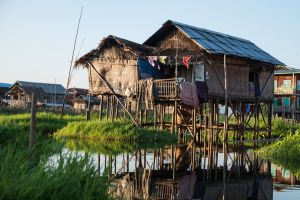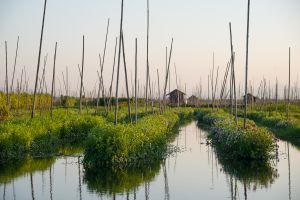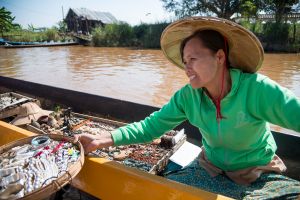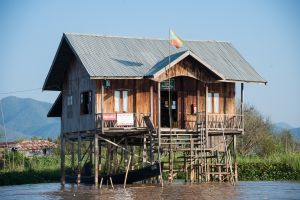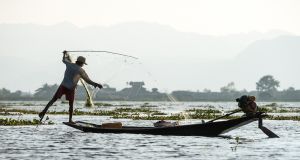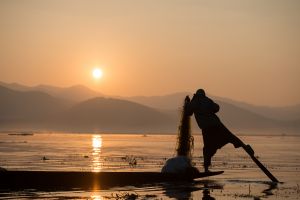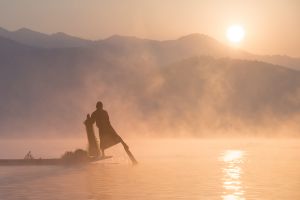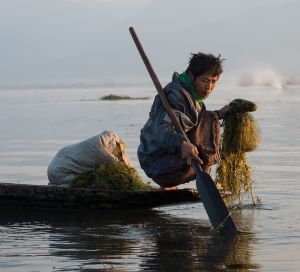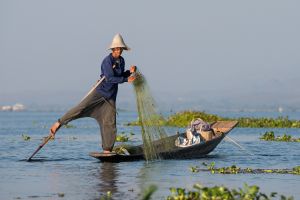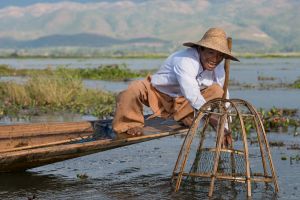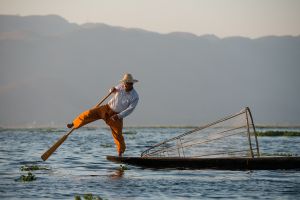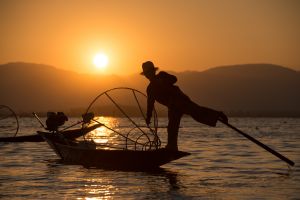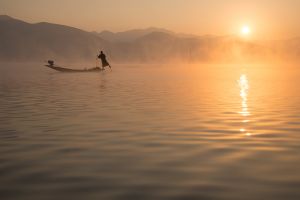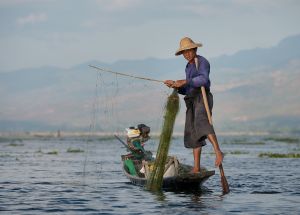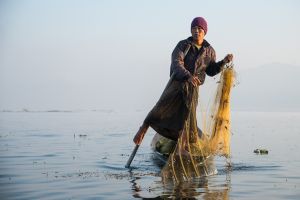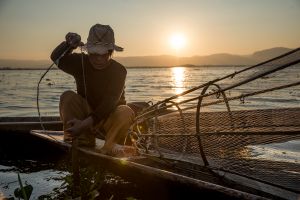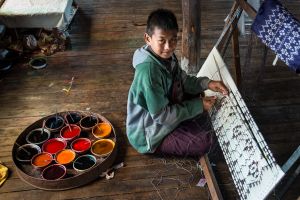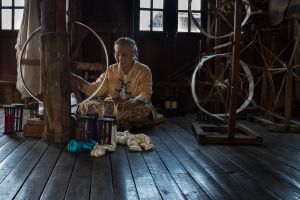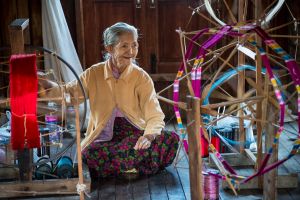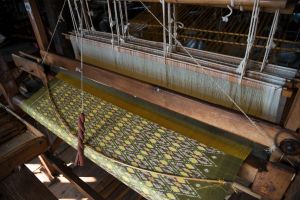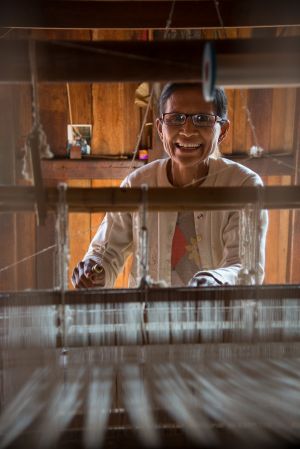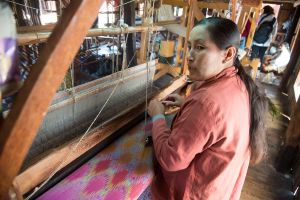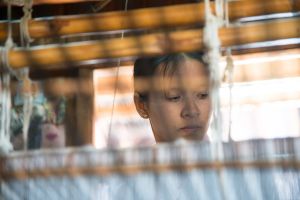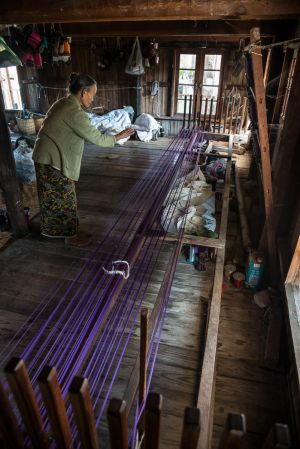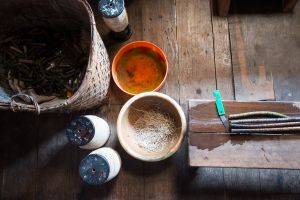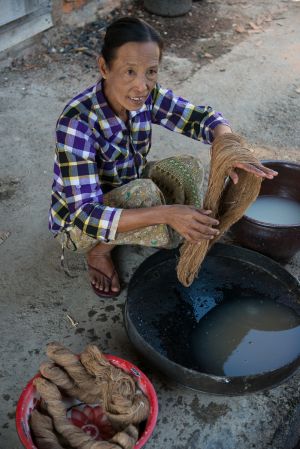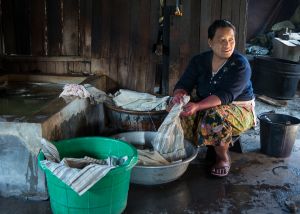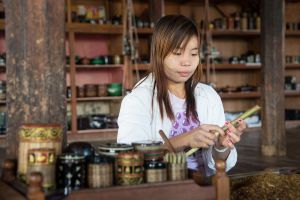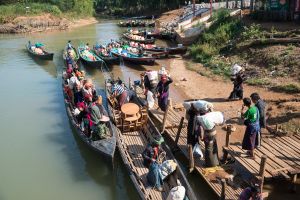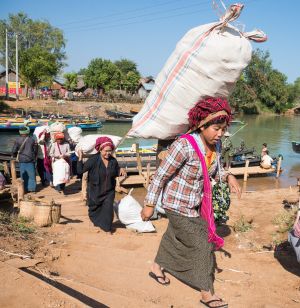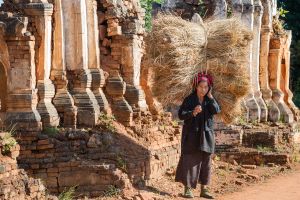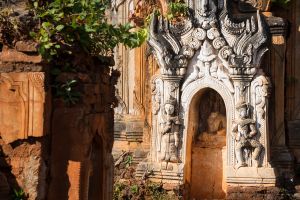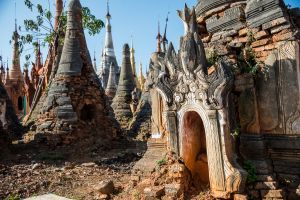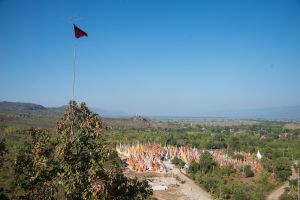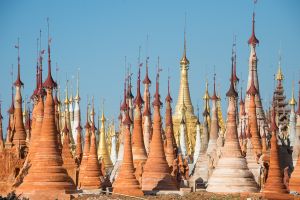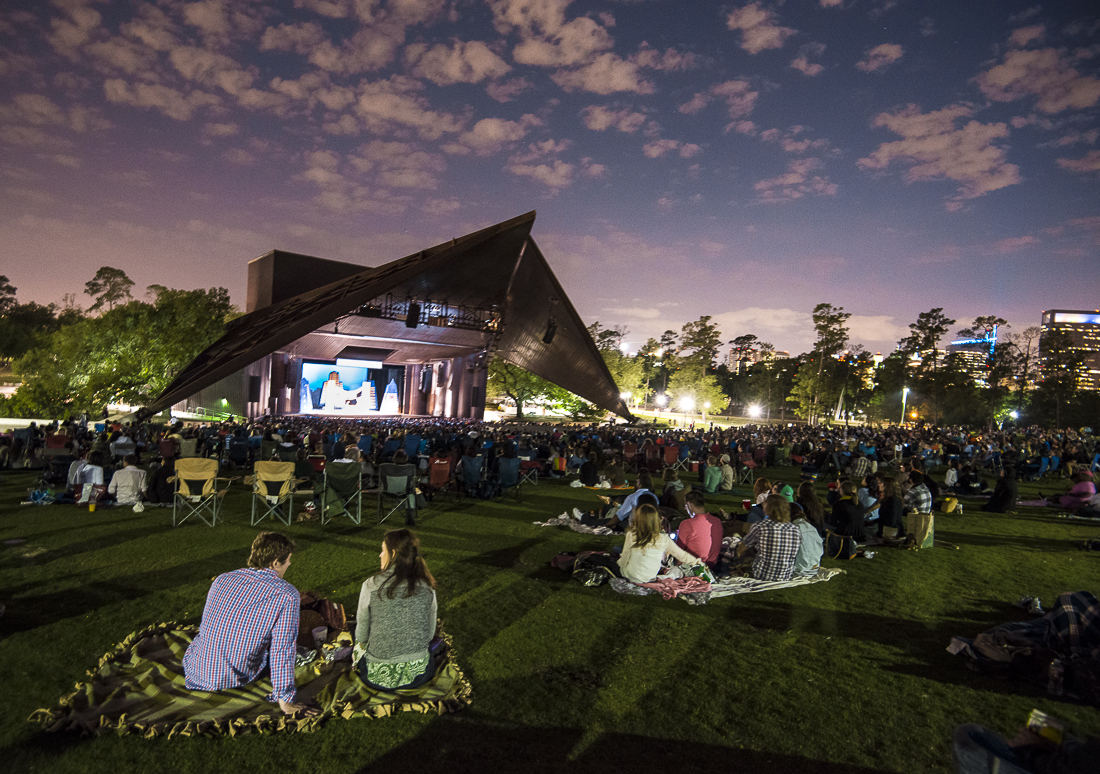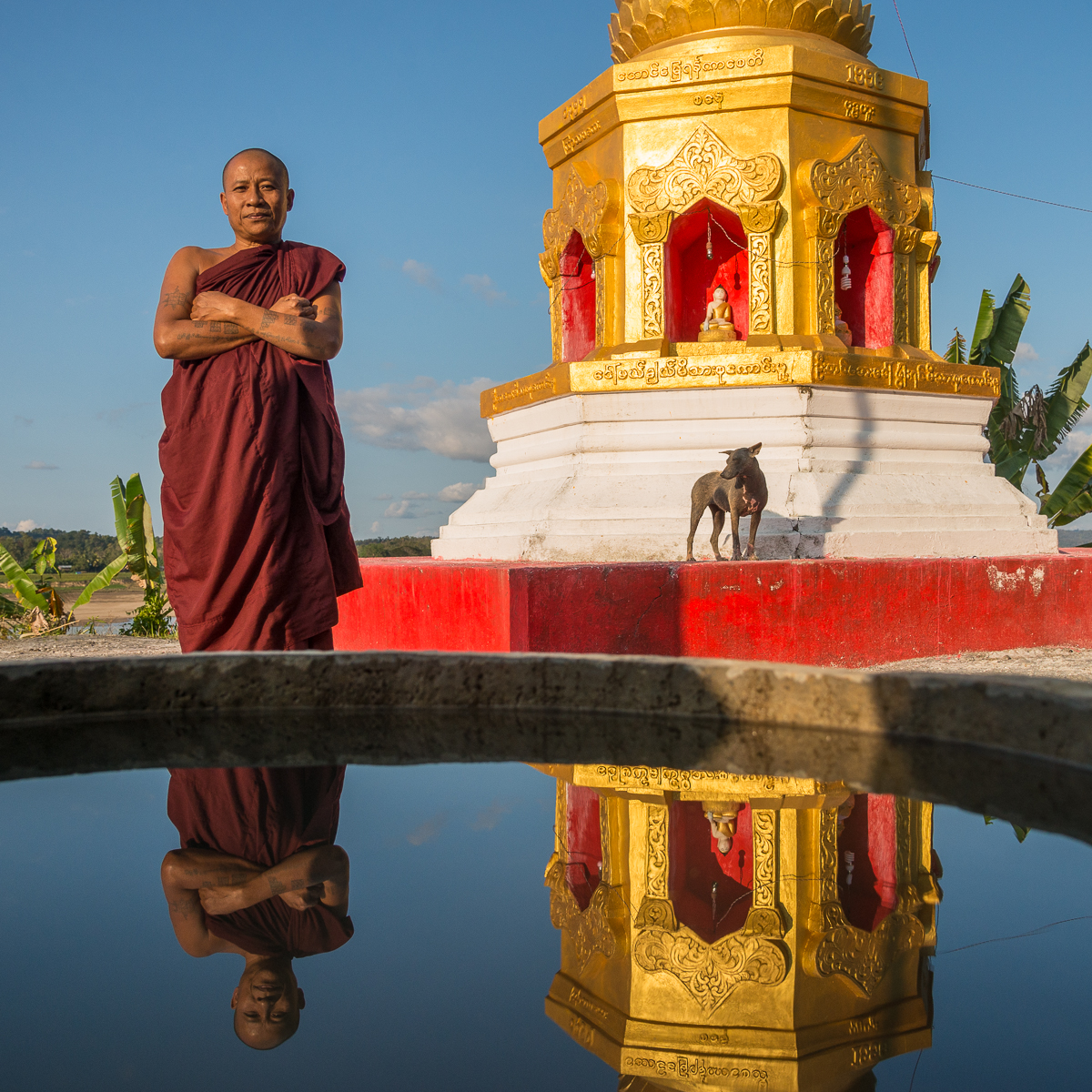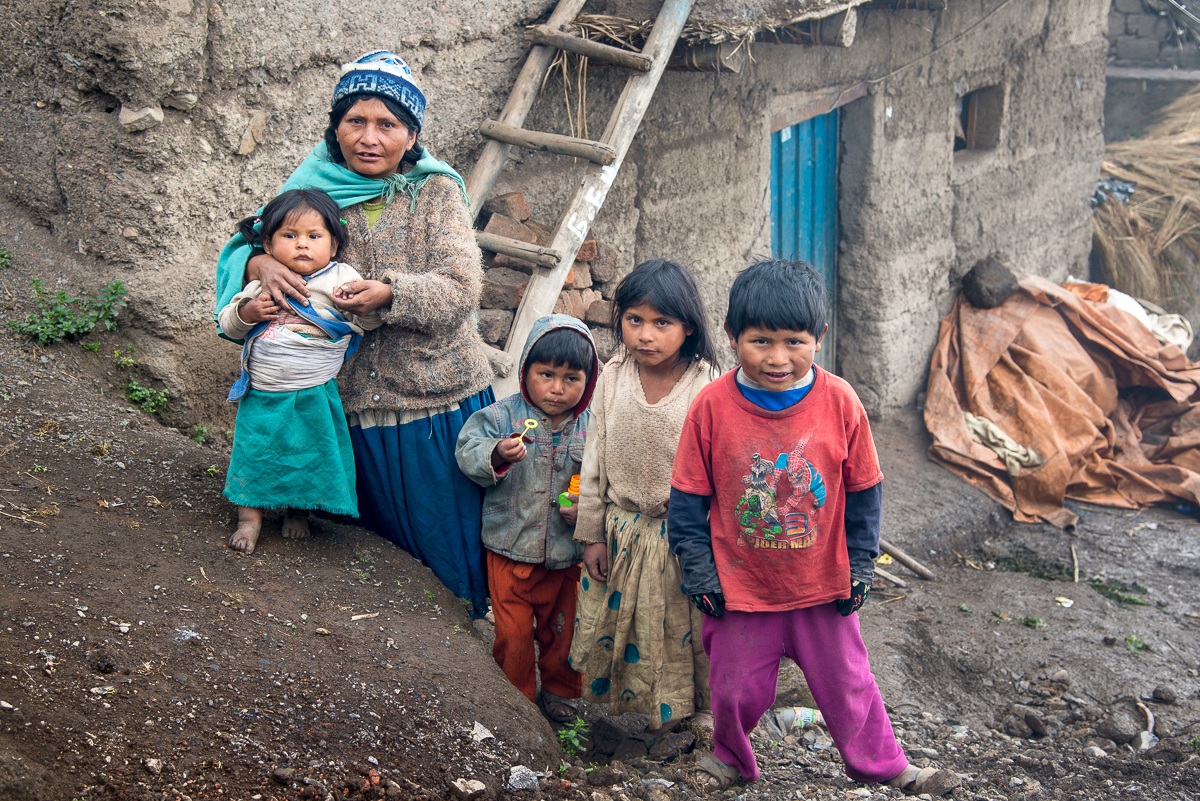Inle Lake was another interesting stop in my tour of Burma — but the core and highlights of the trip were still to come.
There’s a famous Monty Python comedy skit that takes the “we-walked-to-school-uphill-in-snow” joke to its ultimate absurd level. Four Englishmen are talking about their childhood homes: One claimed to have lived in a shoebox in the middle of a road. Another calls a tiny house “Luxury!” and claims that his own family had lived “in a lake” (and then it gets even sillier). I thought about that lake-dwelling Englishman when I got to Inle Lake in central Burma.
Kaylar village at Inle Lake isn’t just lakeside. And unlike Venice these aren’t just canals. The houses and shops (and, e.g., the post office) are built on stilts in the lake. People fish and farm, but even the farming (mostly tomatoes and flowers*) is hydroponic — on floating mats tied down in long rows right in the middle of the lake. What looks like grass on the shore in these pictures are mostly plants floating in about six feet of water.
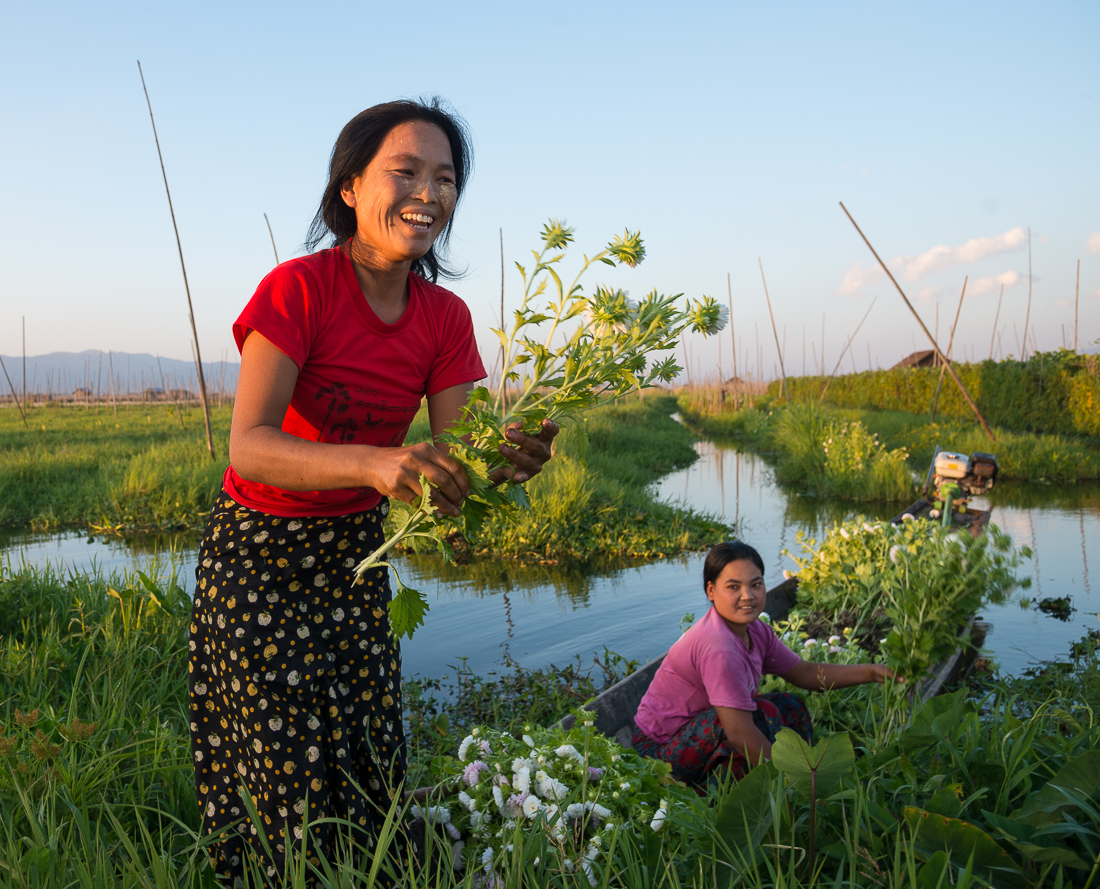
These ladies were harvesting flowers that had grown in those floating garden rows you can see in the background. They’re out in the middle of the lake.
The fishermen at Inle Lake are famous for their unusual foot-paddling technique. They balance on one foot on the far end of their flat canoe-like boats and wrap their other leg around a long wooden oar. Fishing with their traditional cone-shaped net-traps required them to see and capture their prey in the clear shallow water, so the foot-paddling kept hands free to deal with nets and fish, and allowed much better vision down into the water. Now small gas motors get them out to their fishing grounds, and nylon nets have made those cone-nets mostly obsolete, but foot-paddling is still the norm while actually out there fishing. The one-footed balancing is impressively graceful; it’s an especially fascinating sight in the quiet, still mornings as the sun rises over the lake.
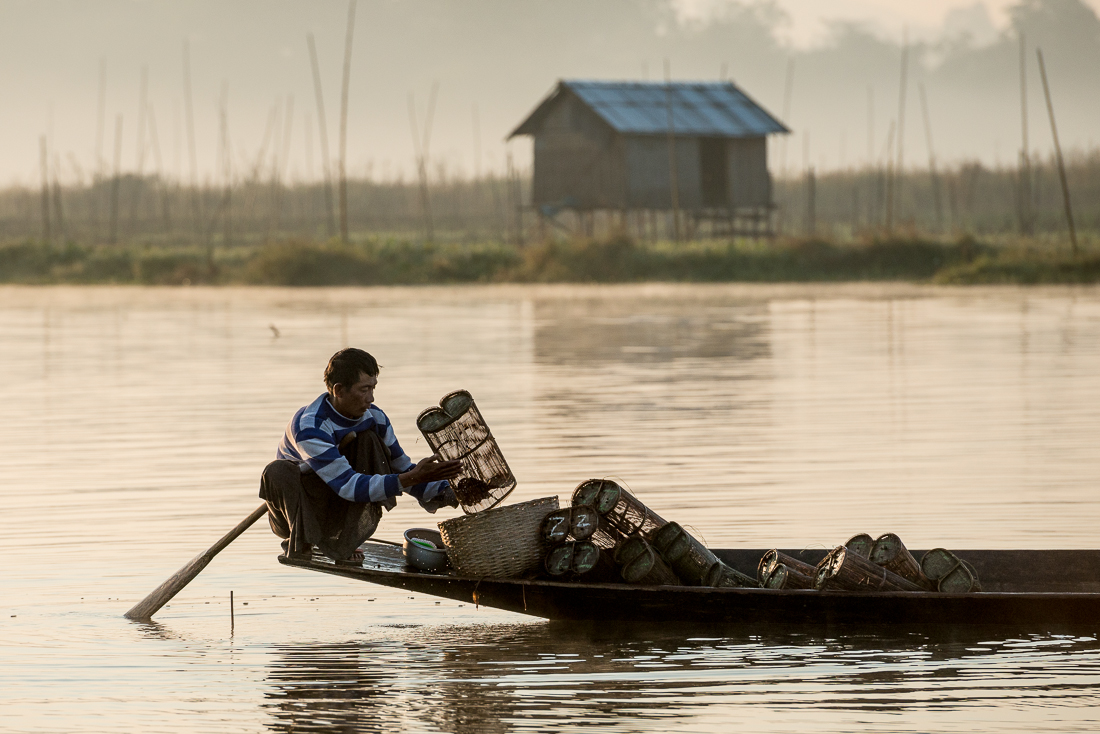
This guy was after some sort of shrimp or crawdad. Notice that he has traps instead of nets. In the distance are some of the hydroponic farm plots in the middle of the shallow lake.
There’s an impressive weaving “factory” in Kaylar. Everything is done by hand on old wooden looms and other primitive equipment. They put those patterns in their fabrics by dying “stripes” into the threads before weaving. The place does a unique process to make lotus flower stems into thread (which the then weave into cloth). You watch every step of that being done by the few dozen ladies buzzing around the place.
A few of these images are from Indein, an hour or so upriver from the lake. The Buddhist temple complex there (Shwe Indein) has hundreds of mid-sized “stupas” around 20-30 feet tall, mostly around 1,000 years old. The place is being completely refurbished. All those elegantly-crumbling relics are being encased in concrete and plaster and painted gold. We Westerners have an impulse to preserve the historical archaeological site as-is, but the Burmese Buddhists believe that their religious sites shouldn’t be left in ruins. (We saw this in several places all over the country). They’re about half-done at Shwe Indein.
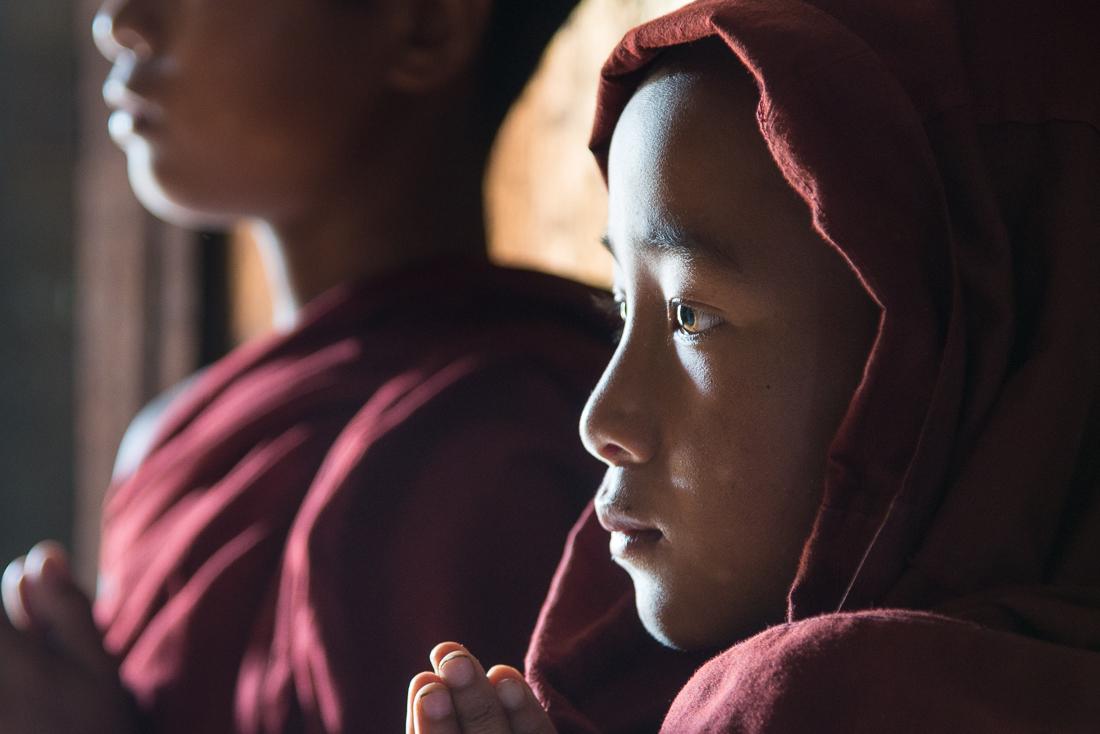
A young monk at a Shwe Yan Pyay monastery, a few miles north of the lake on the way to the airport in Heho. A few blocks from the airport was a restaurant, of sorts, which served only soup and beer, and had guys there who would give you a massage while you ate (and drank). I just had the soup.
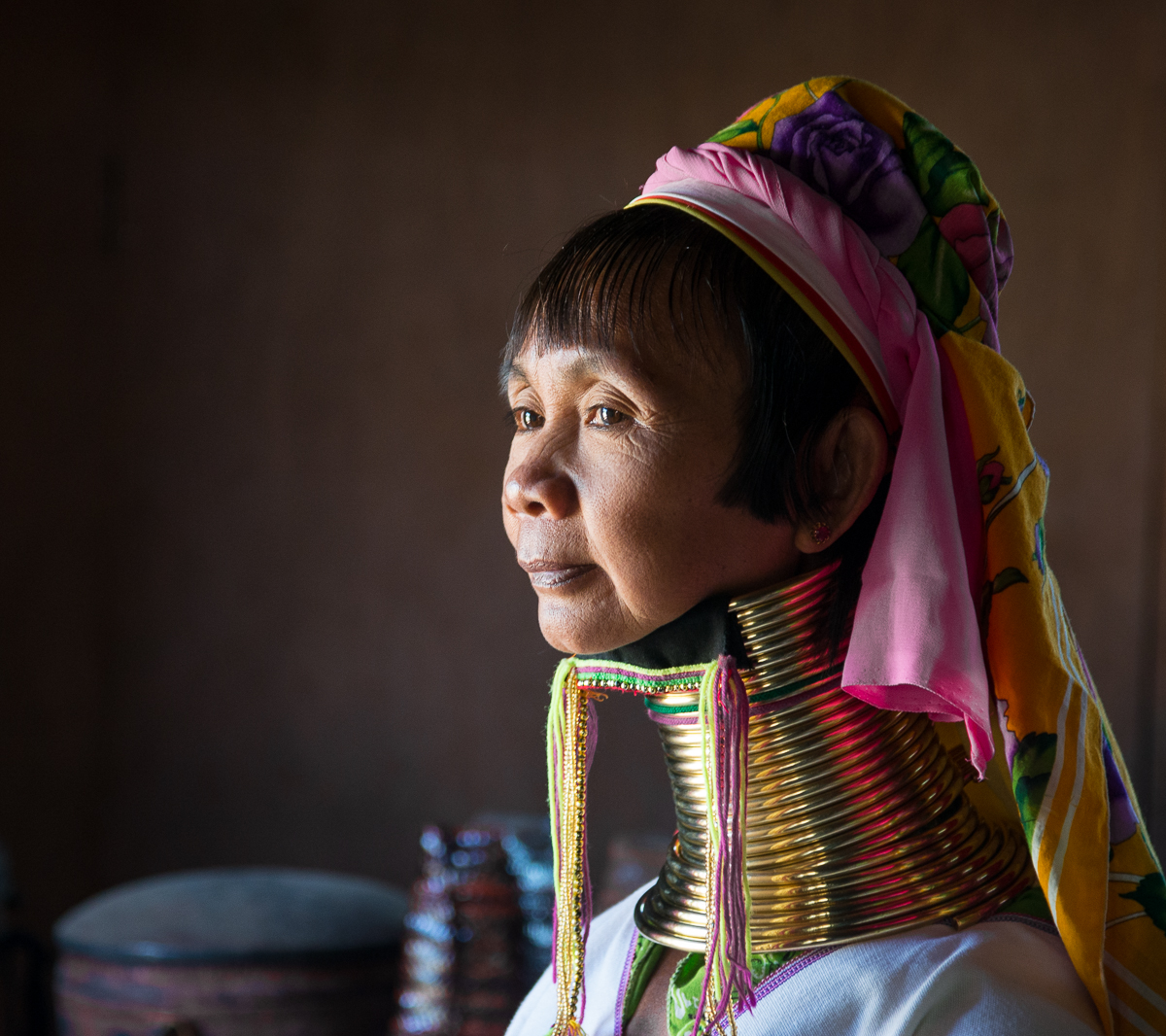
We saw a handful of these ladies — from the Padaung tribe — near Inle Lake. I was uncomfortable photographing them, but our guides insisted that they were flattered by the attention and were proud to model their “jewelry.”
*In such modestly-developed areas, flowers seemed like a non-essential luxury, so I wondered who would be buying very many of them. During the trip, though, I saw flowers very often, usually as a sort of offering or tribute to Buddha or to one of the various spirits (“nats”) that seem to be a big part of their culture.
